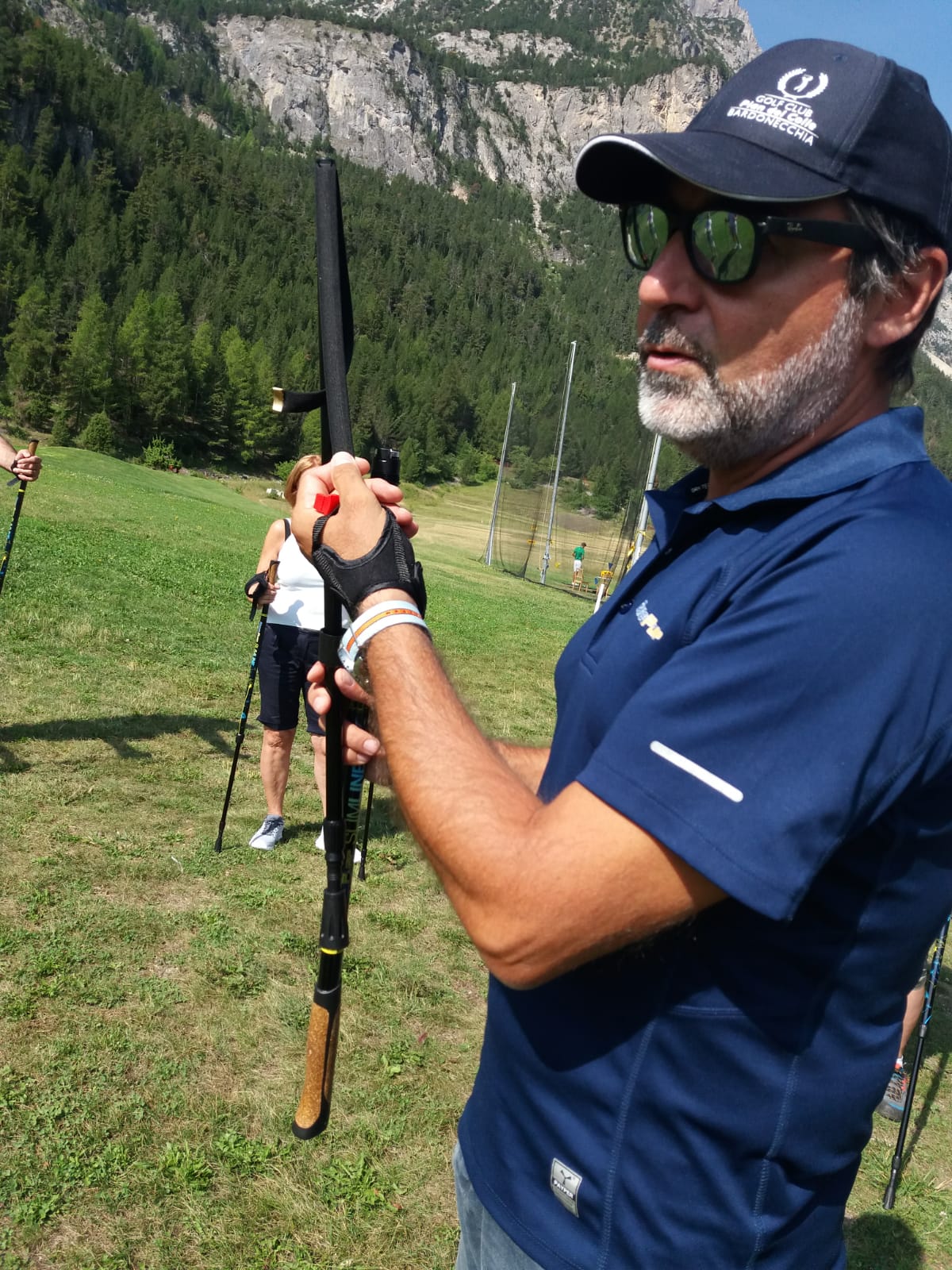The muscles of the swing
- Master Instructor BP

- 26 nov 2019
- Tempo di lettura: 3 min
Have you ever wondered what are the most used muscles when you make a swing? Which is better to strengthen during workouts in the gym or in the pool? Well, in our body, there are three main muscle areas to be improved and strengthened to play golf. In doing so, you can get more powerful swings, improving your game and avoiding getting hurt. The first, most important area is formed by the central muscles: the core muscles. To be clear, those are the ups and downs of the back; those of the sides; those of the pelvis and those of the abdomen, with obliques, the transverse and the abdominals. All these muscles create a strong connection between the upper and lower parts of the body. They must be strong but flexible. And if they were weak or rigid they would risk removing power from many movements. All these muscles are therefore the key to a perfect swing, as they guarantee rotation, balance and power. The more powerful the central muscles are, the more you avoid the classic back injuries, one of the biggest problems of professionals and amateurs. The central muscles also allow the spine to stabilize during dynamic movements such as the swing and prevent the back from being strained too much. The second area is composed of the buttocks and the Hamstrings, or ischi-crural muscles. The latter are located in the posterior area of the thigh and are composed of the Semitendinosus, the Semimembranosus and the biceps femoris. Buttocks and Harmstrings help maintain posture and balance throughout the swing. Harmstrings, like the central muscles, help avoid back injuries, such as tearing. The third area is not composed of muscles but of a specific characteristic that each of us must have in order to best perform the swing and any other movement: flexibility. Poor flexibility can seriously hinder the swing, causing you to lose power and consistency in your game. What matters most however, is the risk that little flexibility can lead to serious injuries. The swing is an extremely technical movement, consisting of a twist of the bust and a series of unnatural movements especially for those who are preparing to learn it in mature age. What makes the execution of the swing difficult is essentially the fact of stimulating almost inactive muscles in daily life and the need for good coordination. human body, analyzed under the biomechanical aspect in the execution of the swing, is a system of three levers: the first is the left shoulder, understood as the distance of the sternum from the extremity of it; the second is the left arm extended and the third is the stick with a pin on the wrists. The swing is nothing but the rhythmic and connected movement of these three levers, with implications that then fall on many other parts of the body that must move respecting a precise sequence. backswingMake done, during the execution of the swing, the player performs two essential and essential movements: the shoulders make a rotation of about 85-90 degrees in the backswing around the center of the swing (we can view it as the projection of the sternum on the spine) to then perform the same rotation in the downswing and, through the ball, until the movement is complete. This rotary movement of the bust is absolutely the most important in the dynamics of the swing, because through this rotation and together with the forces generated with the ground, centrifugal force is created to be transmitted to the arms and then to the stick to hit the ball. In this regard it is important to emphasize that in amateur players the difficulty that is found most is not to perform a sufficient rotation but to make it on the correct plane. Looking sideways at the starting position of the player, you can see that the back is tilted forward (with a variable inclination depending on the stick that has been held). The rotation of the back during the swing must be performed maintaining the same starting inclination, an action, which requires a lot of training. If you want to keep the center of the swing always at the same distance from the ball there should be no vertical movements of the torso, or in any case they should not be excessive. The arms, on the other hand, have the task of raising the stick and, with the flexion of the wrists, put in motion the third lever (the stick). During the execution of the swing these two movements must be carried out co-ordinately and in connection to obtain a repetitive stroke. It is clear that the action of raising arms and baton performed in connection with the rotation of the bust determines the movement of various parts of the body which, as mentioned previously, contribute to the success of the stroke. Our Bungypump stick can be used to give excellent results to the games























Comments